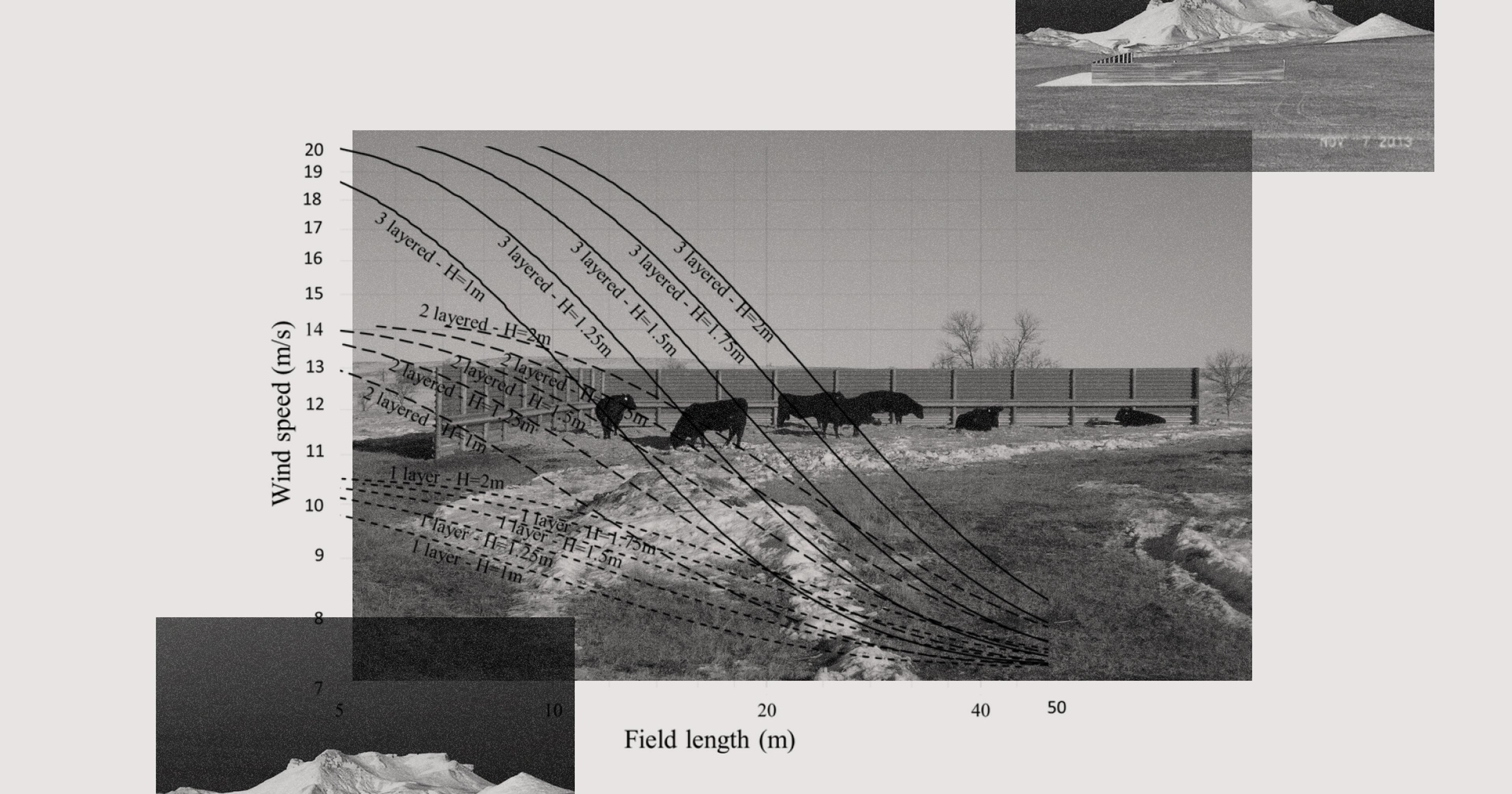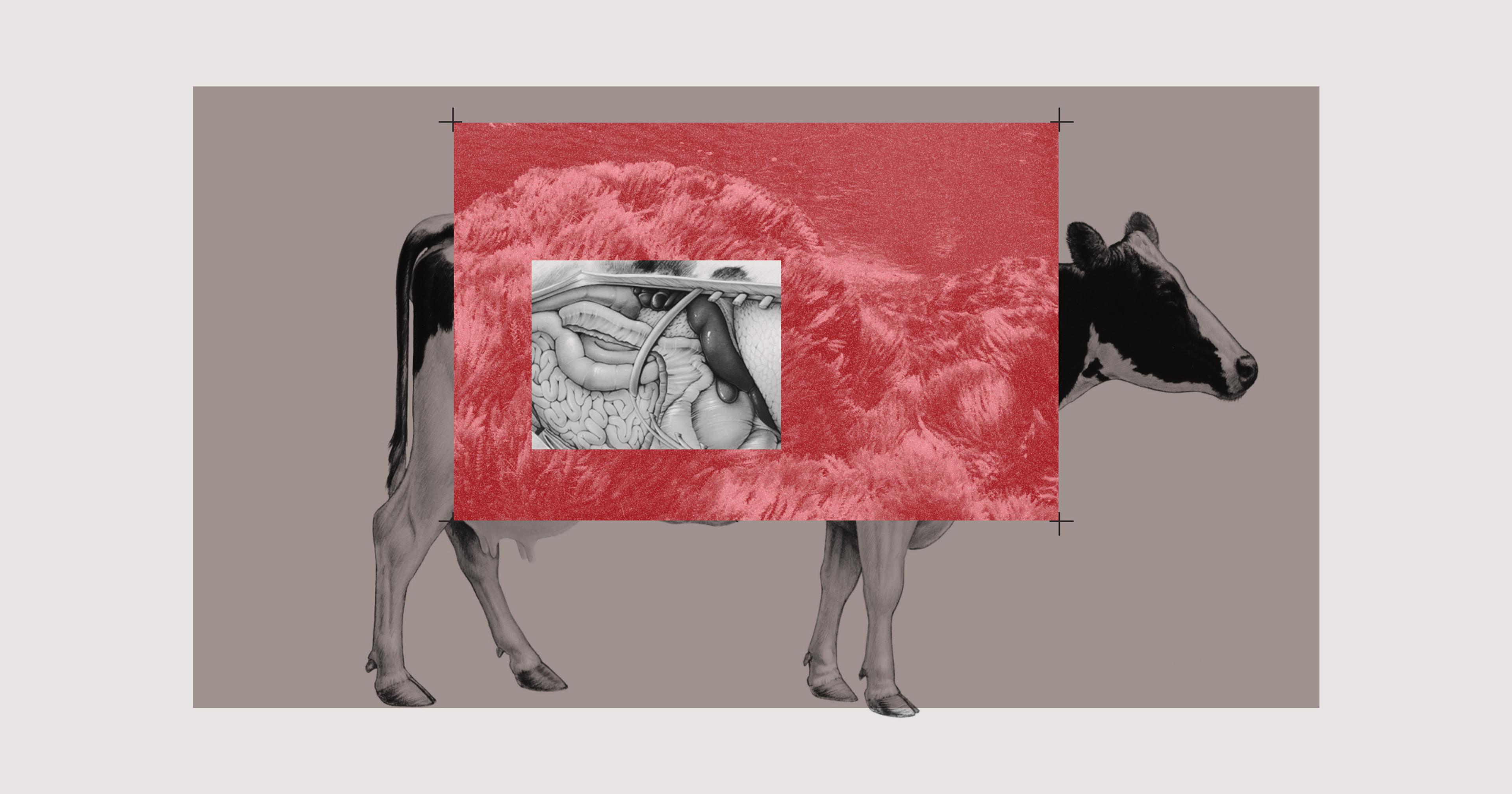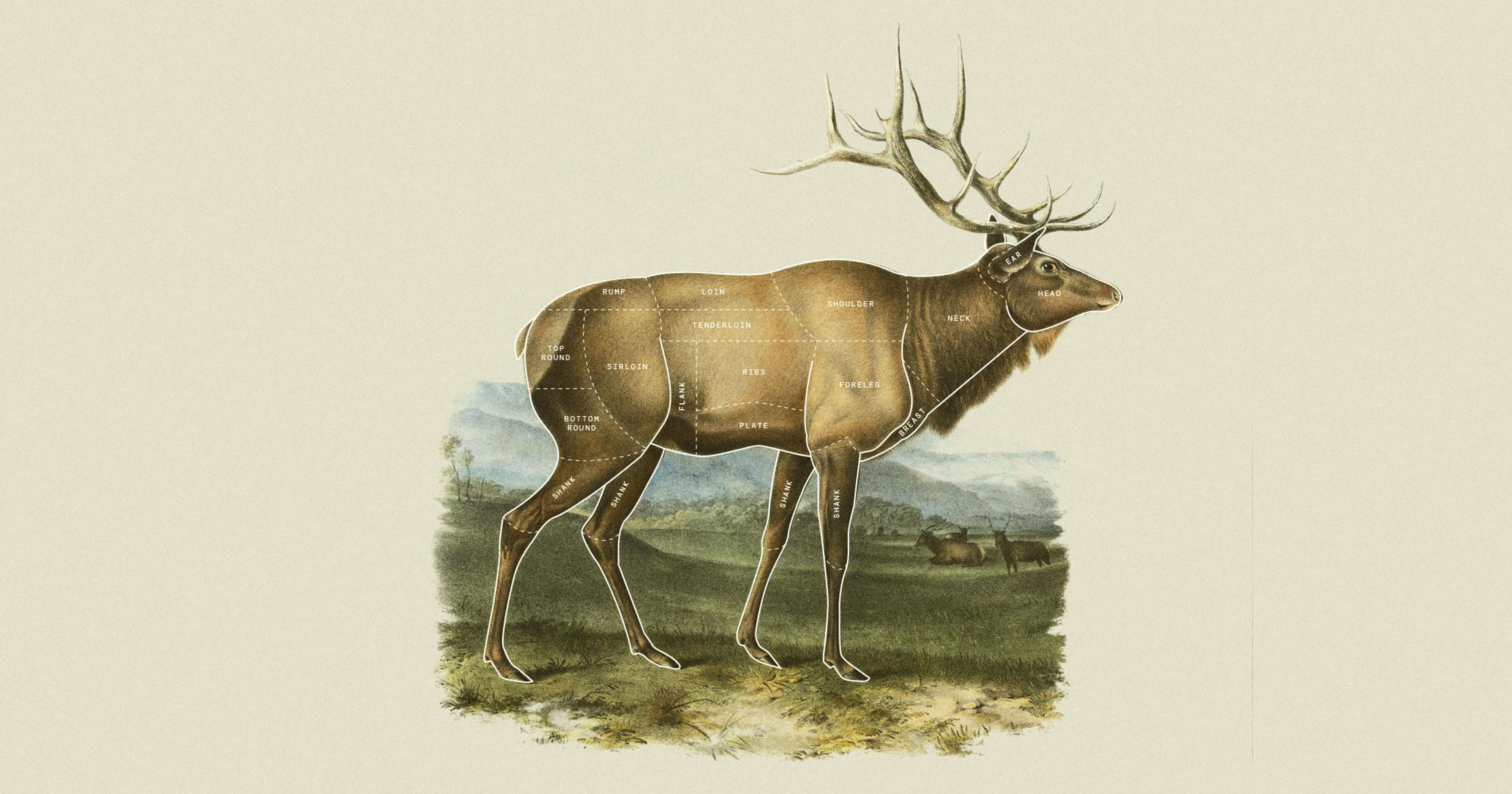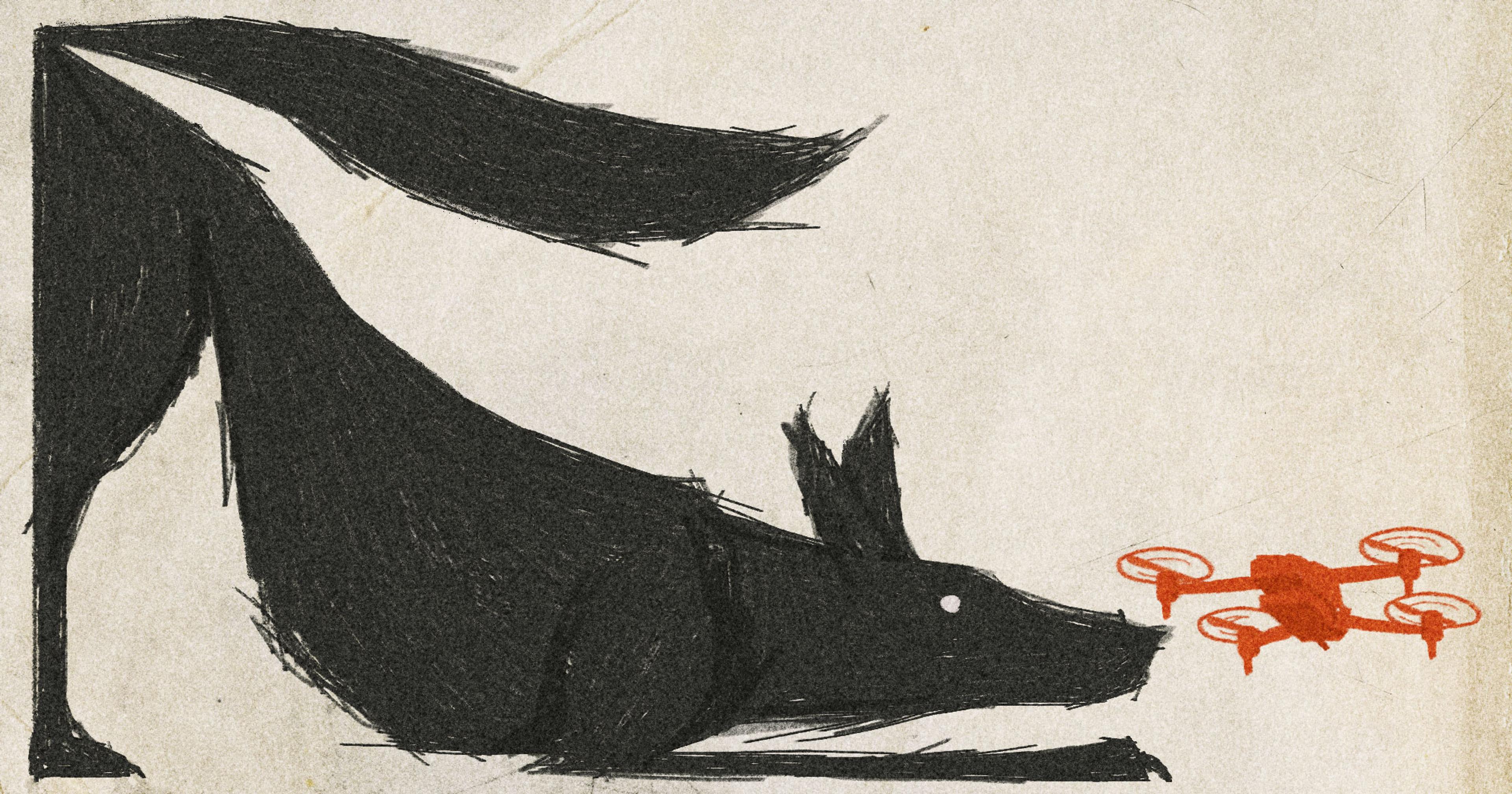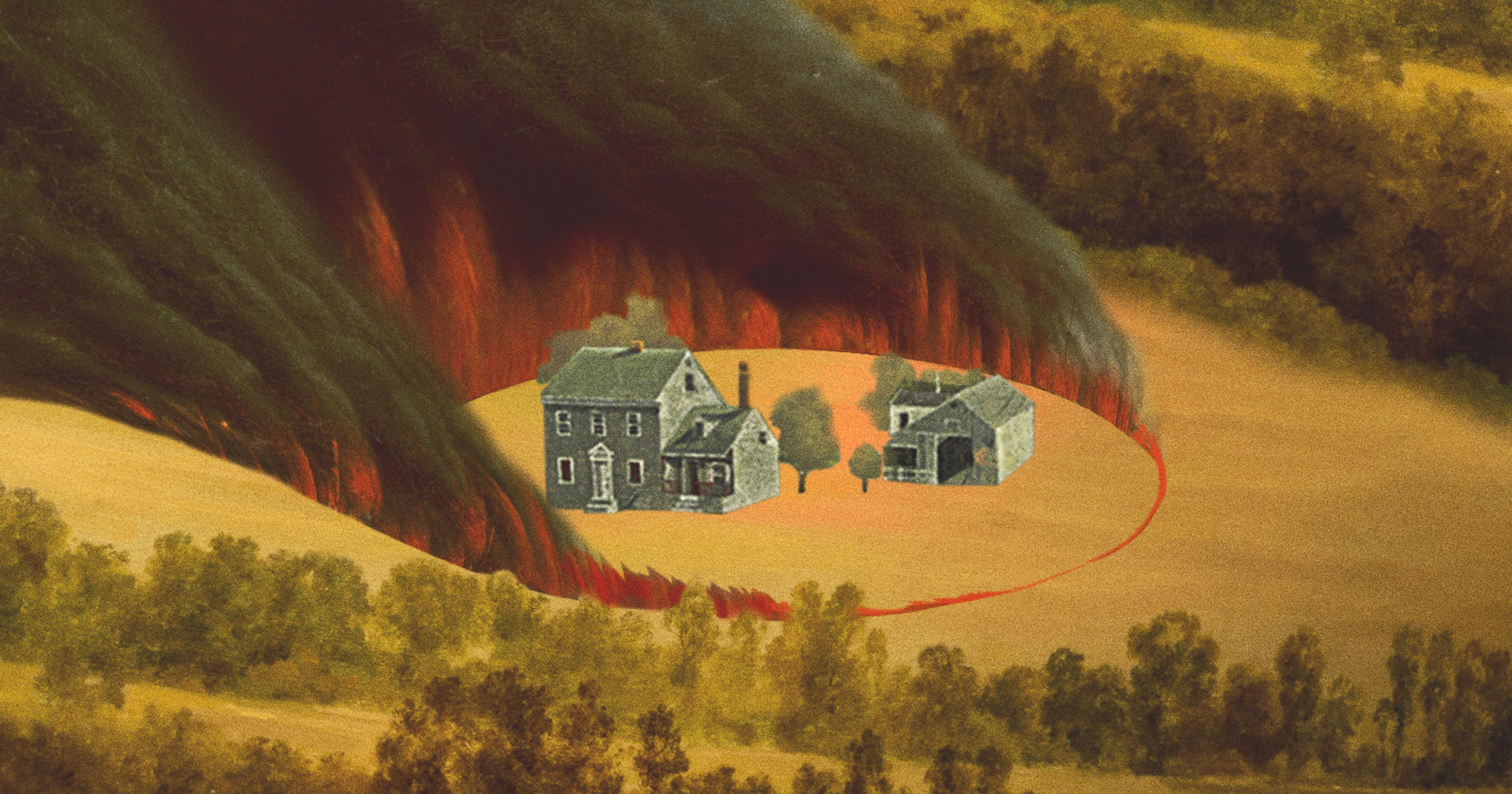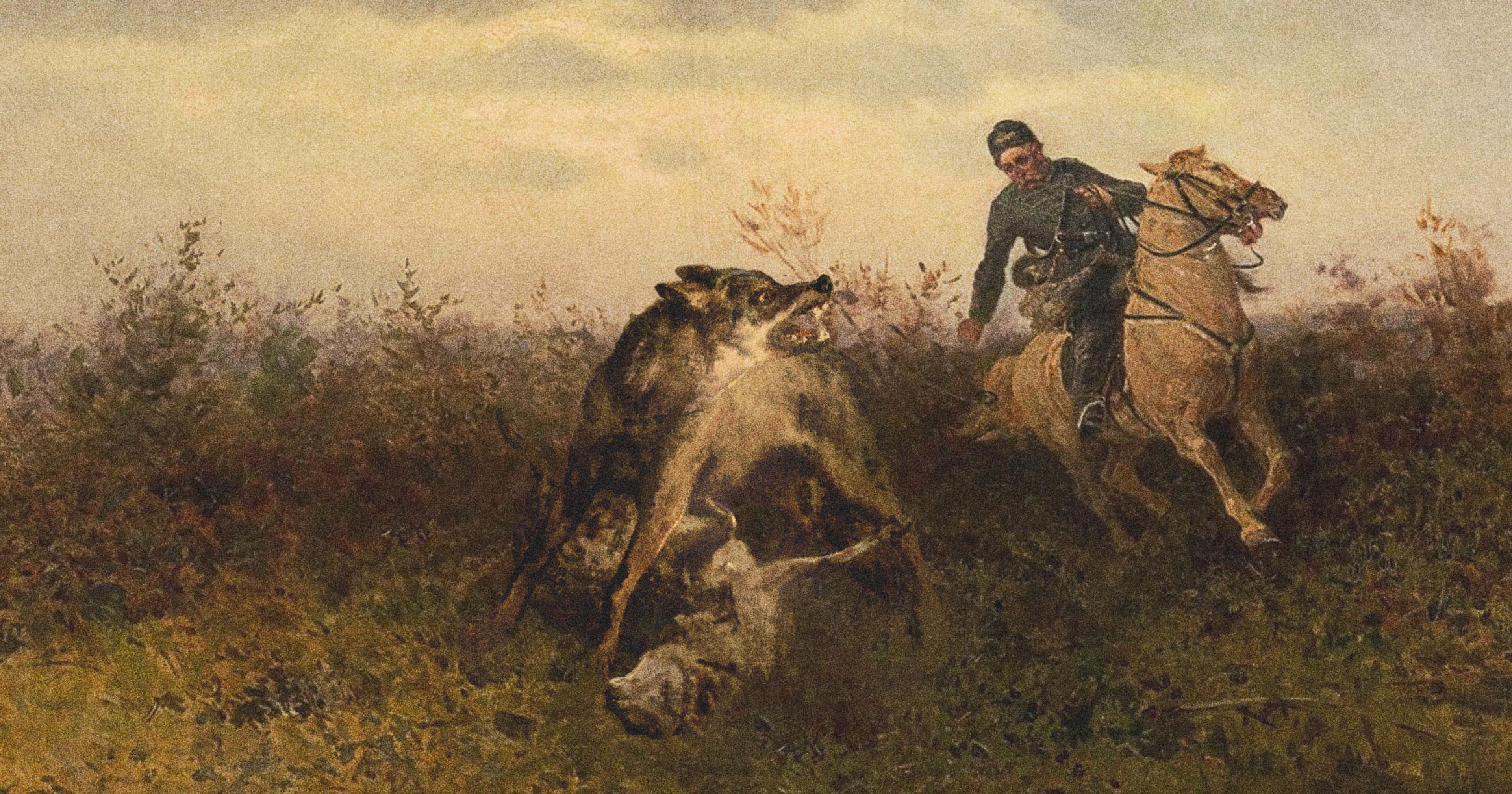A new study by the University of Florida shows human contact can reduce certain oral behaviors in dairy calves, but does that mean they are happier?
Happy cows are typically healthier cows, something every farmer and rancher wants.
“Farmers, of course, want their calves to be as happy as possible because that means healthier and they grow better,” said Joe Armstrong, a cattle production systems educator at the University of Minnesota ... You know, everyone wants happy cows.”
In the search for ways to increase the health and happiness of dairy calves while reducing stress-related behavior, researchers at the University of Florida just released a new study, digging into the potential impacts of human contact on the cows and their well-being.
For the study, lead researcher Emily Miller-Cushon from the University of Florida Department of Animal Sciences, looked specifically at what the research refers to as “abnormal” or “non nutritive” oral behaviors, meaning cows sucking or biting on their pens, their bedding, other calves, and humans during the period of time they are being weaned off of milk and on to solid food — something the study associates as a sign of frustration.
For each day of the study, shortly after the calves were fed, a person went into their pen to scratch their necks. The goal was to mimic the social grooming or licking behavior that is considered normal between calves, hoping the interactions would mitigate the presence of the pen-biting behaviors.
“We saw that calves housed individually spent more time sucking on the pen, which is maybe not surprising because they have relatively less to do in their environment,” Miller-Cushon said. In comparison to the calves that got no added human interaction, she added, “The presence of somebody scratching and having some contact with them reduced the duration of those pen-directed sucking behaviors, particularly for the individual housed calves.” The human contact also seemed to increase the time calves spent lying down after feeding, suggesting they were maybe more calm, according to Miller-Cushon.
Because dairy calves are often housed alone or with just one other calf for up to 12 weeks after birth, the animals don’t always get a huge amount of socialization. The researchers’ driving hypothesis was that a little added socialization at the hands of a human may curb the oral behaviors.
Miller-Cushon explained that the baby cows are often housed either individually or in paired pens to avoid a higher risk of infection across herds of young dairy calves.
Reducing the risk of disease in the calf is also one driving factor behind the common practice of removing dairy calves from their mothers shortly after their birth — along with the fact that separating them early can reduce weaning anxiety at a later age and set the cows up for better independent eating later in life.
“We’ve got Jersey cows, so they chew on just about anything they can get their mouth on.”
Removing the calves from their mothers and putting them in pens, sometimes alone, at such a young age is not without its controversy. Wild calves wean themselves from their mothers’ milk at around 10 months old, while farmed calves are removed from their moms almost immediately, and weaned off of milk within seven to nine weeks — a practice some people see as cruel.
As far as most dairy farmers are concerned, however, these practices are in place to improve the calves’ likelihood of growing up healthy. Keeping the calves isolated does leave a lack of physical enrichment for the cows — an area that many studies like this one seek to better understand.
For example, in a study that focuses on how physical enrichments in their pens can impact calves’ growth, results showed that access to physical enrichments for individually housed or paired calves — think stationary brushes, plastic chains, rubber teats, and nets filled with strawberry-scented hay — may have a positive impact on their growth.
In the case of Miller-Cushon’s study, while the researchers looked at oral behaviors as a sign of frustration, they are not definitely proven to be a sign of distress, leaving some skeptical about the results.
Armstong said, “We don’t know that [these behaviors] are an indicator of stress. We don’t know if they are a bad thing or not.”
At Molly Brook Farms, a small, organic dairy farm in Vermont, Rhonda Goodrich is currently caring for 10 dairy calves. She said she has noticed chewing behaviors, but is not concerned by them. “We’ve got Jersey cows, so they chew on just about anything they can get their mouth on,” she said.
“A calf barn might have 25-30 calves on milk. If you want them to spend five minutes with each calf, every day, it’s just not possible.”
In fact, some suggest that the chewing and biting behaviors aren’t a bad thing at all. Instead, they are a habit leftover from the cow species’ undomesticated days when they used to eat and chew much more often than they do now. The behaviors might even be beneficial, and boost brain development, “like improved memory, increased arousal, and increased cognition,” according to The Ethogram.
Miller-Cushon contends that these oral behaviors are a concern because they suggest that the calf isn’t able to fully perform all of the behaviors that it’s motivated to perform, which can reflect poor welfare. “Generally, with fewer opportunities for behavior to be expressed,” she said, “these behaviors will develop more. So it’s associated with poor welfare, but it’s not completely clear what’s causing the behaviors to develop.”
One area of particular concern is when cows paired in a pen exhibit a behavior called cross-sucking, or a calf biting on its one mate. This a more extreme behavior than normal social grooming, and, according to the Canadian livestock site CalfCare, “calves sucked by other calves are believed to suffer hair loss and inflammation,” and are at a potentially higher risk of developing abscesses.
Still, the study did show the oral behaviors — whatever may be the driving cause behind them — were reduced after five minutes of quality time with a human.
Armstrong said he is also wary of the practicality of applying the tactics tested in the study. Dairy farmers, realistically, do not have the time to sit with each calf. “Let’s say you’ve got a 500-cow dairy, which is not a super big dairy but not a small dairy either. A calf barn might have 25-30 calves on milk. If you want them to spend five minutes with each calf, every day, it’s just not possible,” he said.
As easy as it is to say “Scratch a cow, you’ll make it happy,” the research offers no such closure.
He added that to get a farmer to take time, and put in that kind of effort, the research would need to be connected with strong positive results related to things that farmers can quantify, like increased growth over time or stronger individual eating habits. The preliminary nature of this study does not offer that information.
The unlikely feasibility of the practice isn’t lost on Miller-Cushon, who acknowledged that for a lot of dairy farms, if you suggested that somebody spend five minutes scratching every calf, “They would say, ‘Well, of course, that’s not feasible because we’re all busy.’”
But the practice isn’t impossible. On small dairy farms like Goodrich’s, for instance, it is possible to spend time with each calf.
Goodrich said that her farm, which she runs with her husband, used to raise a larger number of dairy cows, sometimes caring for upwards of 30 calves at a time. Since they have downsized, she is able to spend more time in the pens with young calves — much more than just five minutes per day. “I personally think that contact with farmers is very important,” she said.
And while the contact isn’t the exact format of that in the study — instead Goodrich is in the pen often changing bedding, freshening water, or just generally greeting the calves — she said she has noticed a difference in the calves’ overall demeanor now that they have more time for each of them, something that carries over into adulthood. “I do think they’re healthier now. I think that when you’re focusing on them longer, their productive life is longer. I think our heifers adjust well to their first milking. They trust us.”
A hard and fast conclusion that this kind of physical interaction can lead to a calf’s overall happiness is not what the study signifies, however. As easy as it is to say, “Scratch a cow, you’ll make it happy,” the research offers no such closure. Instead, Miller-Cushon said the takeaway of the research should be more generalized as a first look into something that could potentially benefit a calf.
“I think it more generally illustrates the fact that there’s always more work to do, you know, there are more ways to try to allow for more natural behaviors for calves and to meet some more of their needs.”


